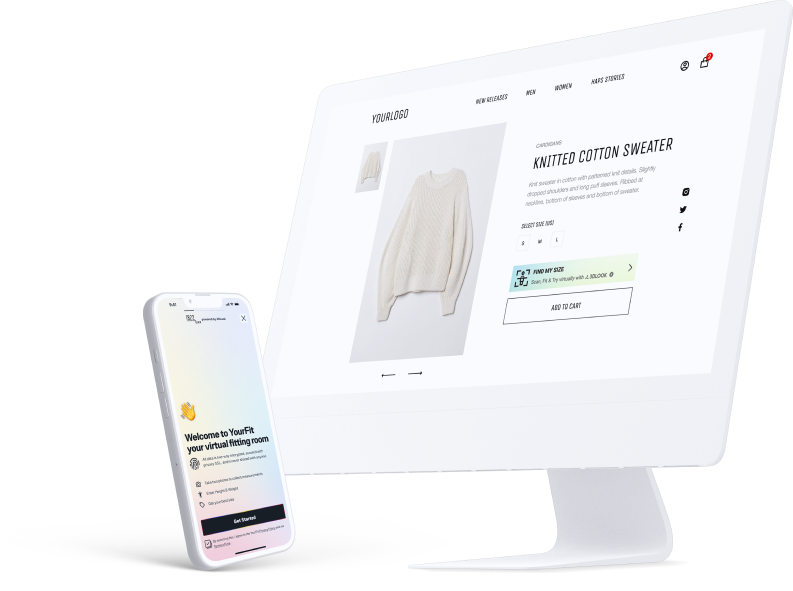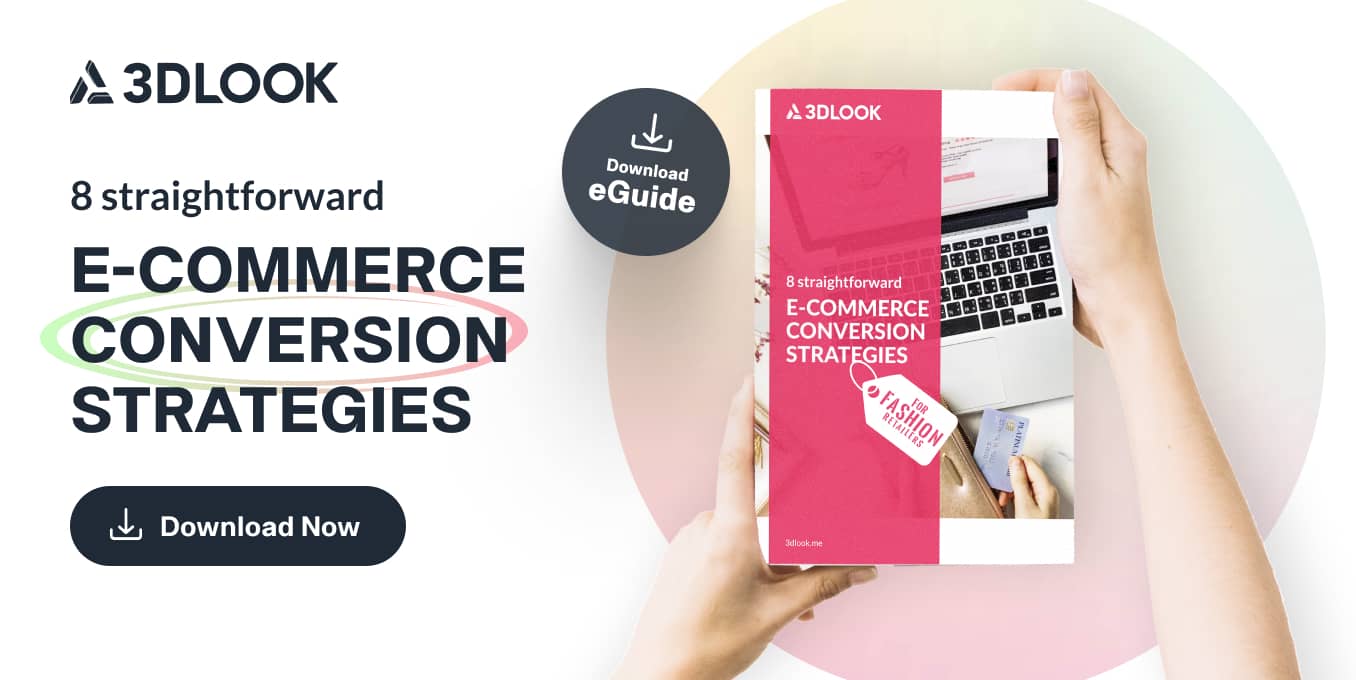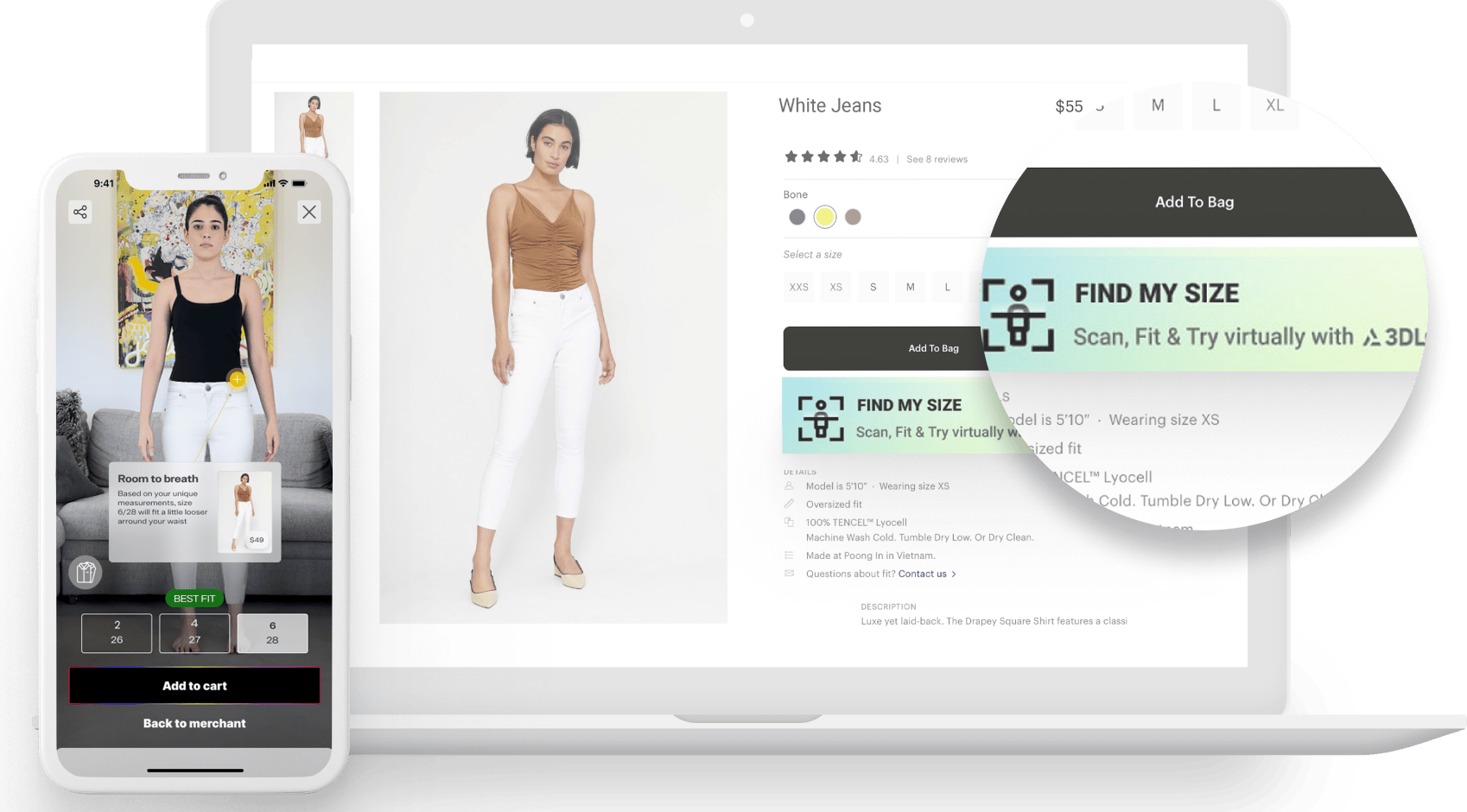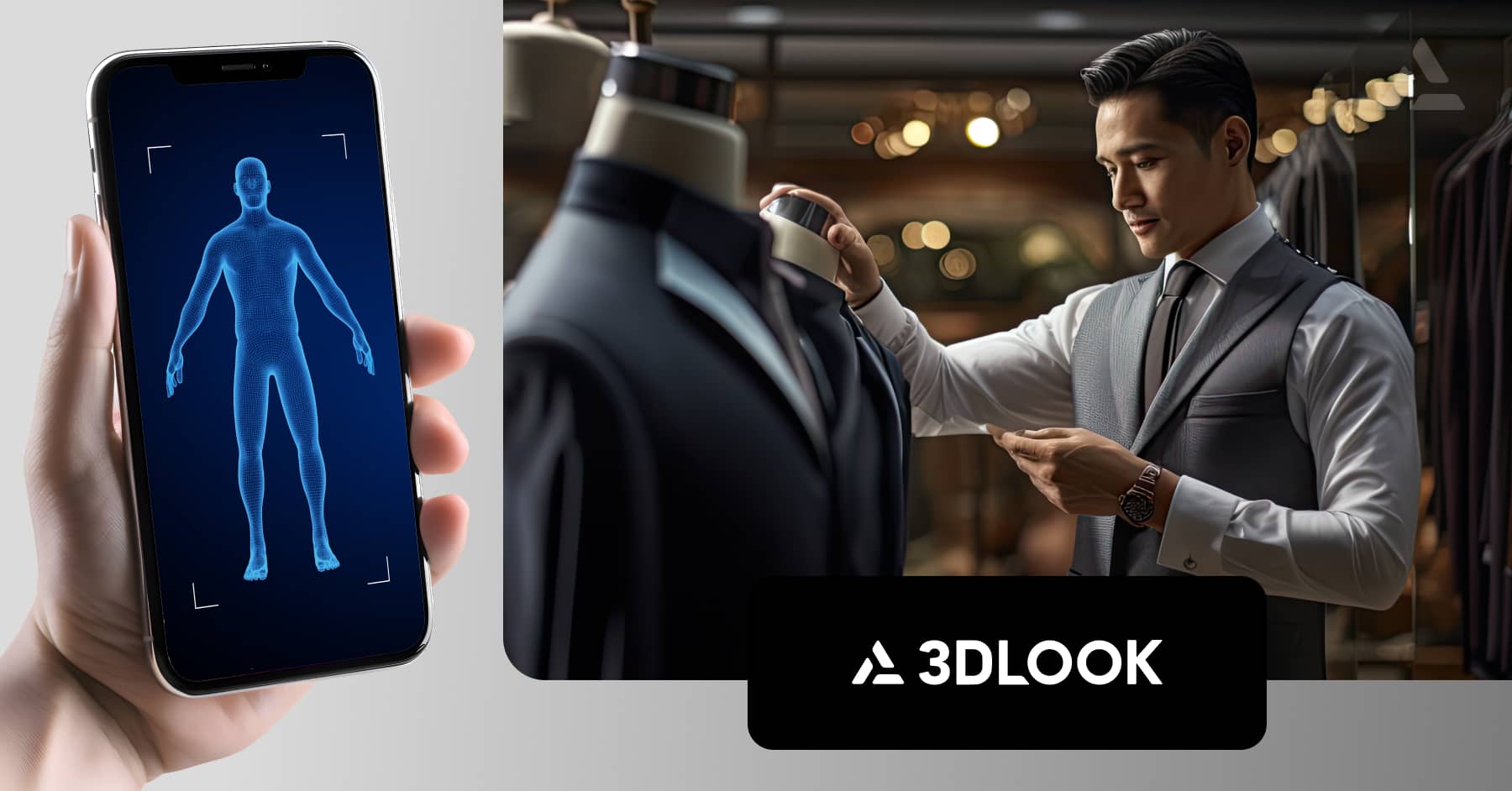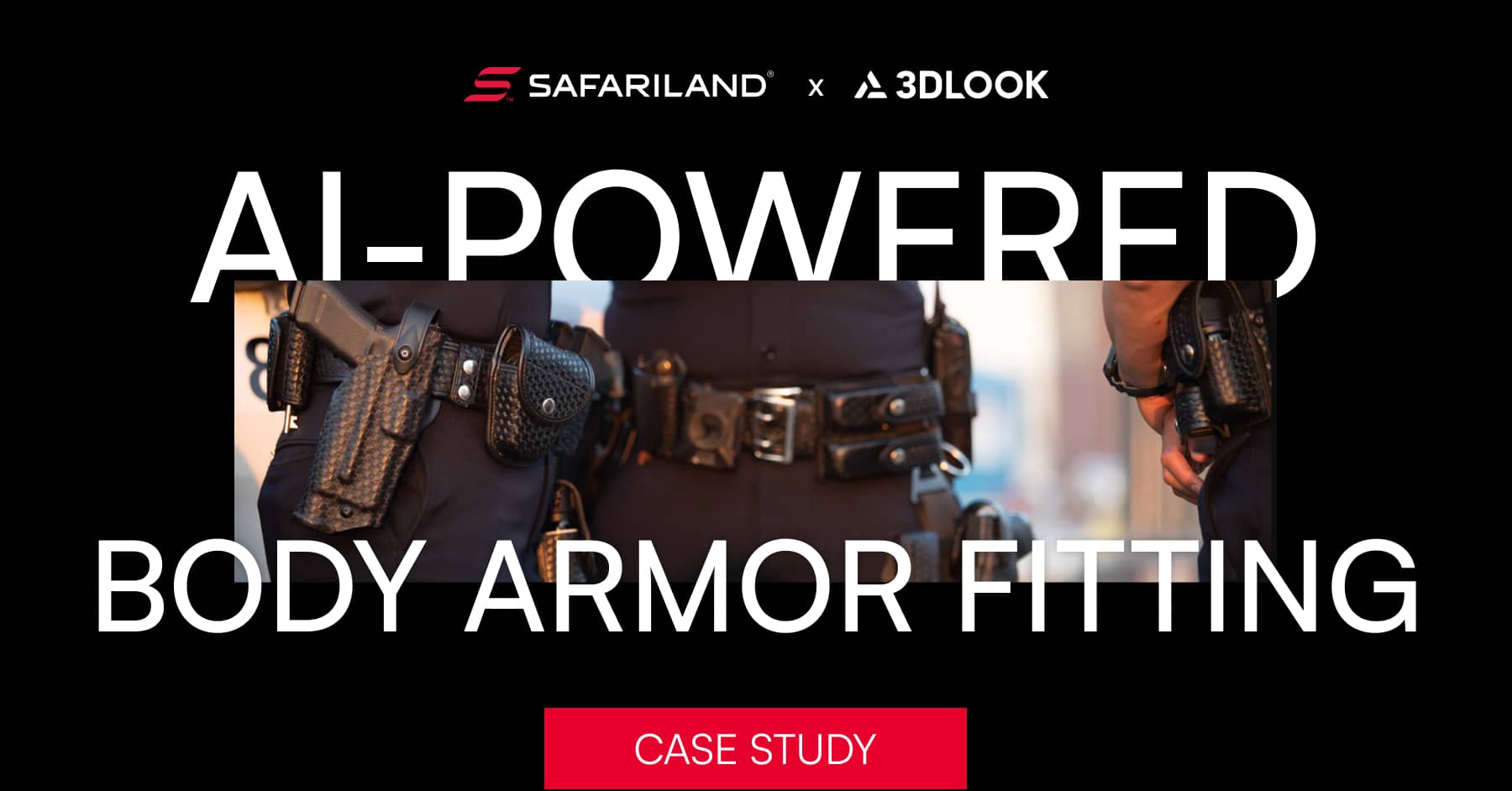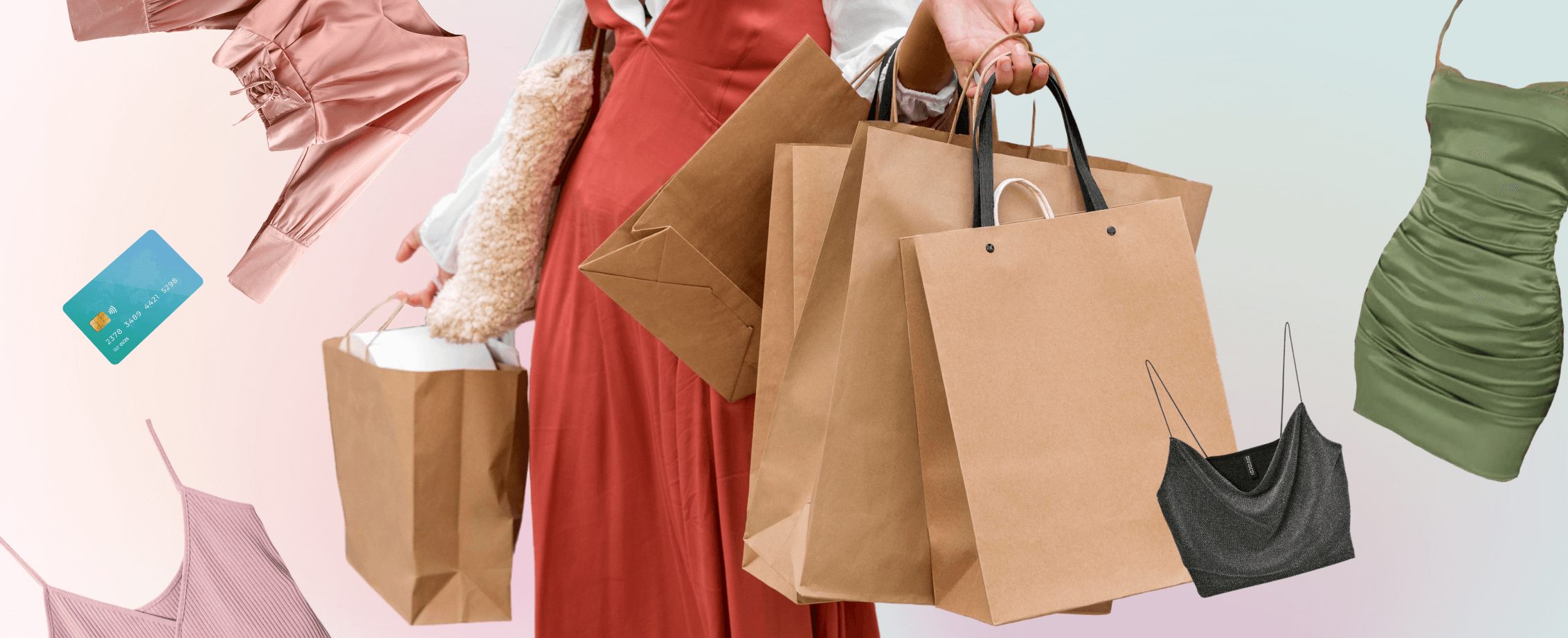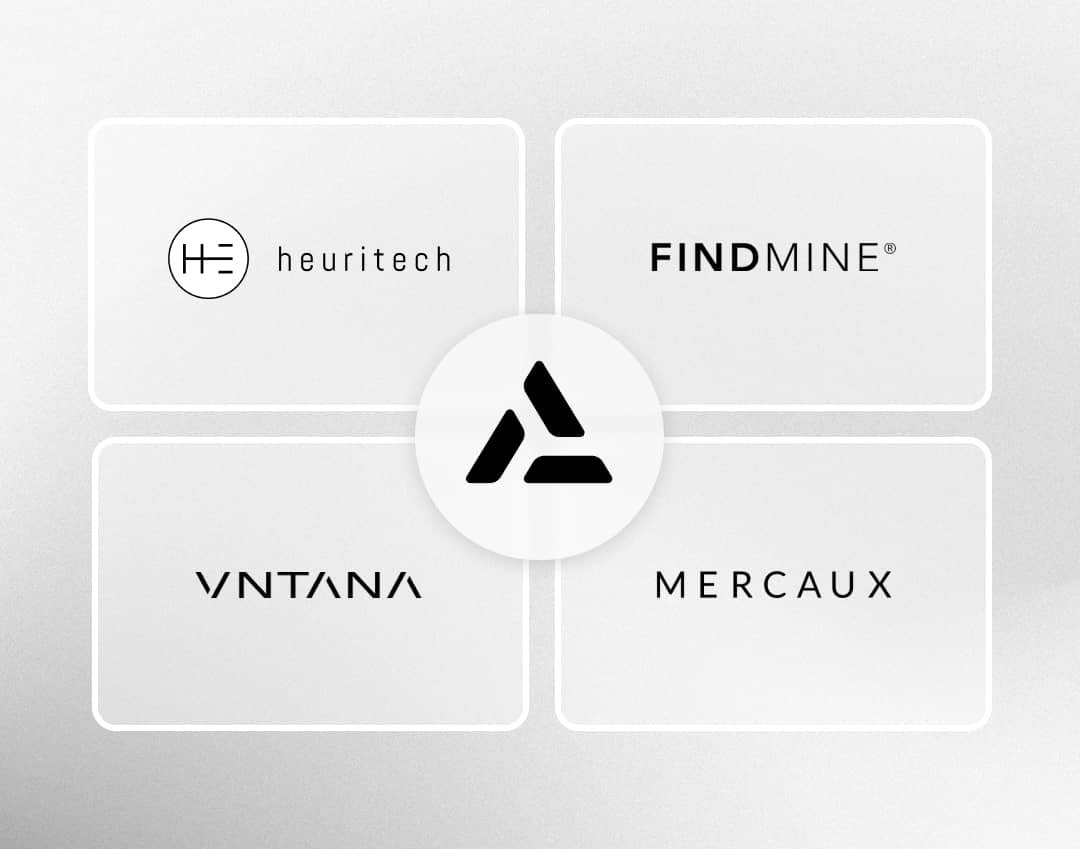The Average Conversion Rate for Fashion eCommerce (And How to Beat It in 2023)
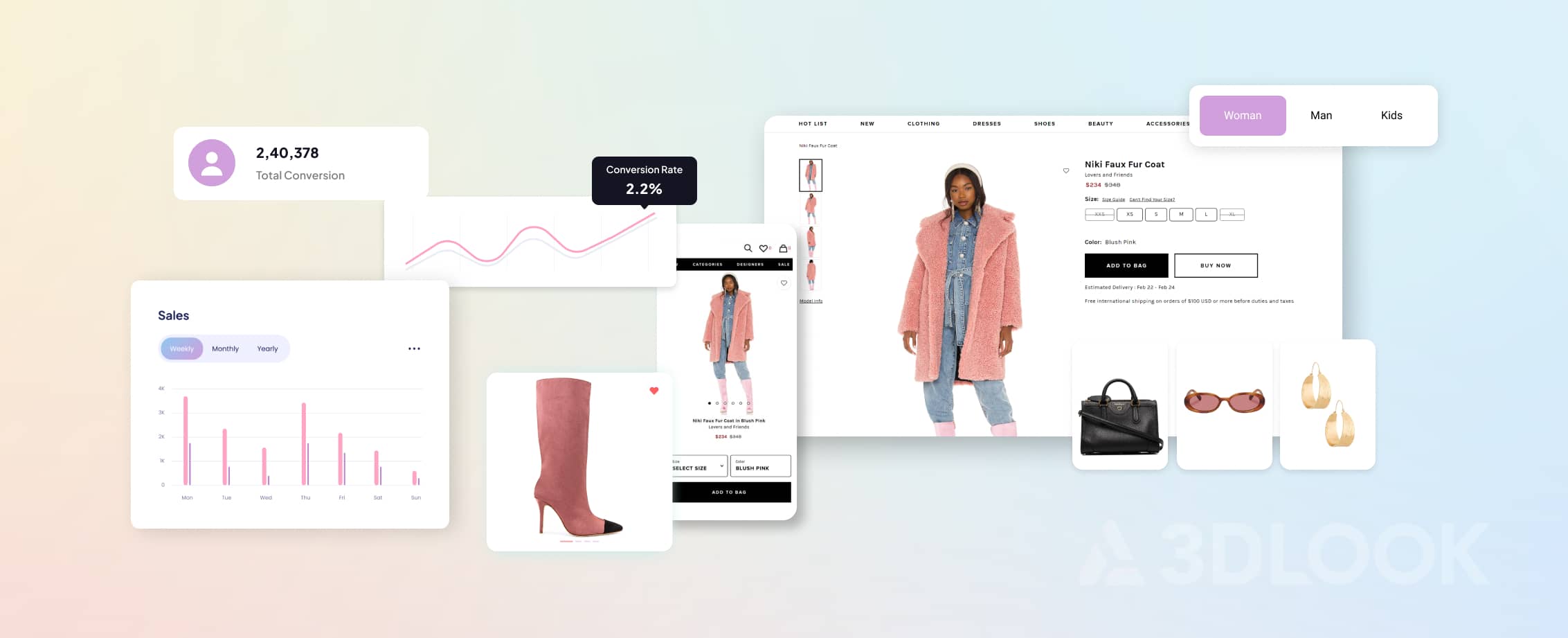
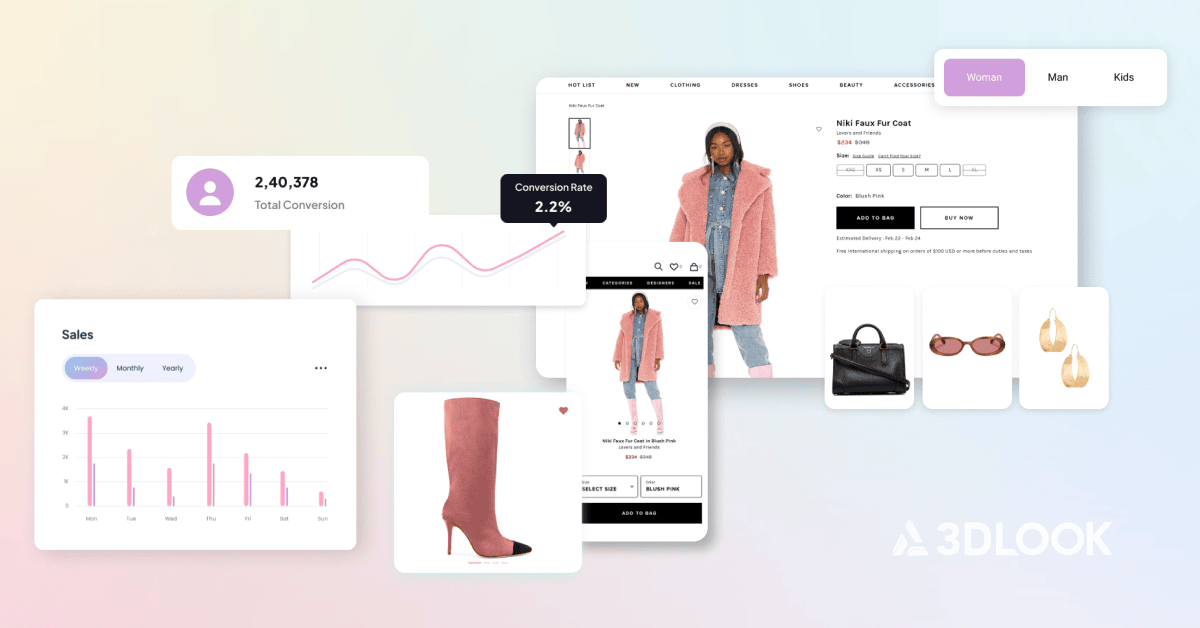
Share on

To succeed in ecommerce, retailers must go to great lengths to optimize their online stores and convince shoppers to purchase their goods — especially in the apparel space, with the average conversion rate for fashion ecommerce in 2023 standing at just 2.2%.
That means that for every 100 customers that visit an online apparel store, 98 will leave without purchasing a single item. And that’s just the average. For apparel stores within the bottom 20%, ecommerce conversion rates fall to just 0.4% according to Littledata.

To succeed in ecommerce, retailers must go to great lengths to optimize their online stores and convince shoppers to purchase their goods — especially in the apparel space, with the average conversion rate for fashion ecommerce in 2023 standing at just 2.2%.
That means that for every 100 customers that visit an online apparel store, 98 will leave without purchasing a single item. And that’s just the average. For apparel stores within the bottom 20%, ecommerce conversion rates fall to just 0.4% according to Littledata.
eCommerce conversion rate by industry: How does apparel compare against other retail sectors?
According to Oberlo, the best performing category in the ecommerce space last year was health and wellbeing, with 4.2% of visitors going on to make a purchase. This was followed by arts and crafts at 4.1%, and kitchen and home appliances at 3%. Home accessories and giftware (2.3%) also outperformed the apparel space. However, food and drink (2%), and toys, games and collectibles (1.7%) both fell below the average conversion rate for fashion ecommerce.
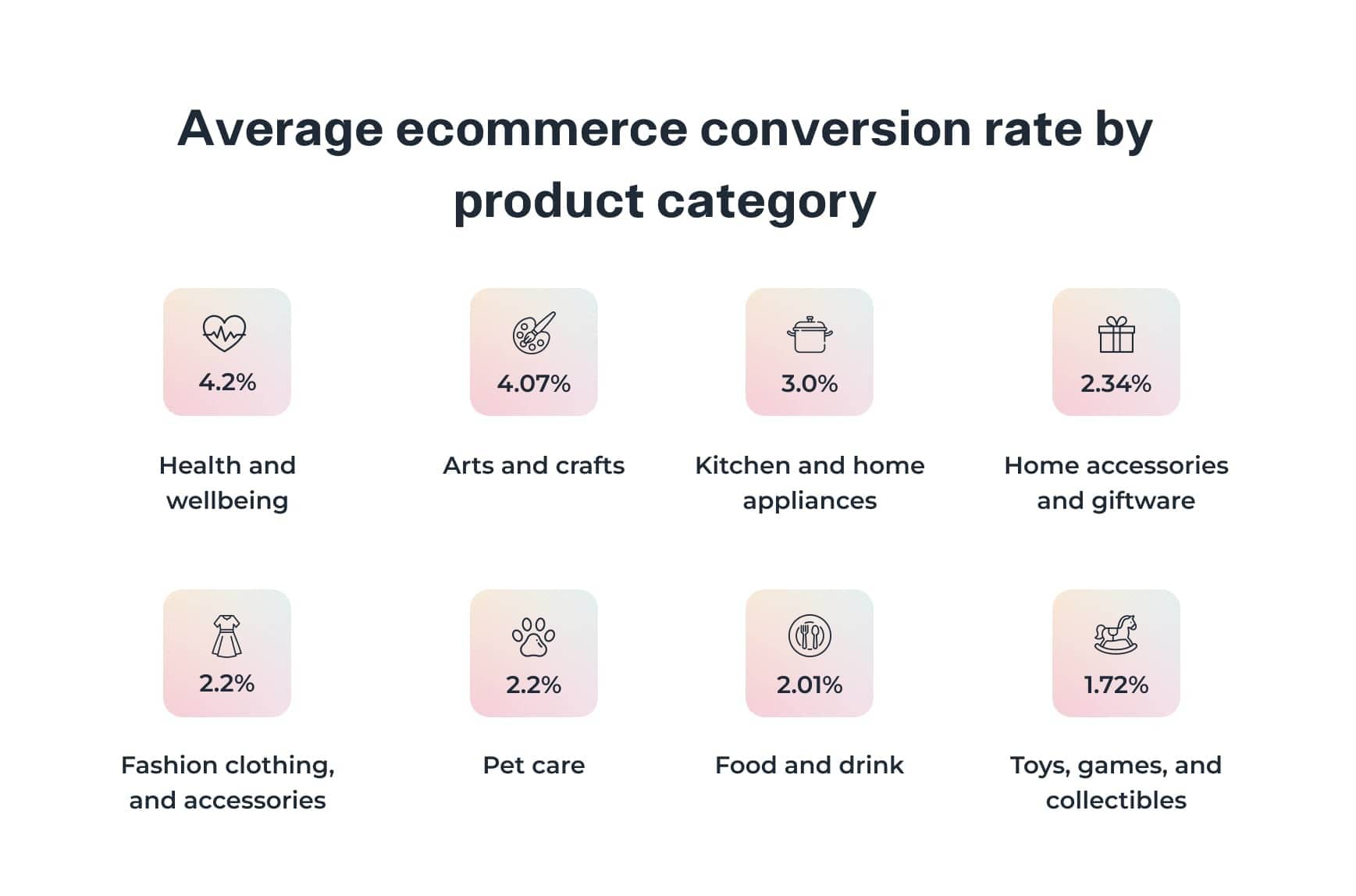
Source: Oberlo
At 2.2%, apparel sits in the middle for ecommerce conversion rates when compared to other retail sectors, despite the unique challenges it faces. Unlike other categories, the products that the fashion sector sells must serve an incredibly diverse range of body types and shapes, and no amount of product imagery can show customers how a garment will truly look on their own body.
The fashion industry’s sizing struggles are plain to see when comparing the average conversion rate for ecommerce against brick and mortar metrics. Where little more than 2% of visitors are likely to convert when shopping for fashion online, customers in physical stores are 10 to 20x more likely to make a purchase.
Luckily, modern technology is providing sale-boosting solutions to fashion retail’s conversion rate struggles. With YourFit, 3DLOOK’s virtual fitting room, online shoppers can scan their body from anywhere using their smartphone and instantly receive tailored size recommendations. Through YourFit’s photorealistic virtual try-on tool, they can also dress a 3D avatar created from their precise body measurements to get a clear idea of how the products they love will look on their body. This provides customers with confidence that their online purchases will look good and fit well once they arrive, and has helped retailers to grow their conversion rates by 13-16%.
The average conversion rate for eCommerce apparel sectors
If your business falls short of the industry average, consider whether the product categories you serve might be the cause before you make any drastic changes. Not all fashion stores are the same and ecommerce key metrics can vary considerably depending on a number of factors, including product type, price range, customer demographics, geography and more.
For instance, while men’s clothing stores have an average conversion rate of 2.4%, according to StoreYa, the average for those that serve the women’s clothing market is just 1.3%. The reason? Women are more likely to struggle with fit-related issues. According to research by Trunk Club, 57% of US women feel there are no clothing options that truly fit their particular body type. This results in a lack of confidence and, as a result, women are less likely to complete a purchase without stepping inside a fitting room first.
The average conversion rate for fashion ecommerce is even lower in the children’s and infant’s clothing categories, with just 1.2% of website visits resulting in a sale. Similarly, stores that operate in the accessories sector manage an average conversion rate of just 1.7%.
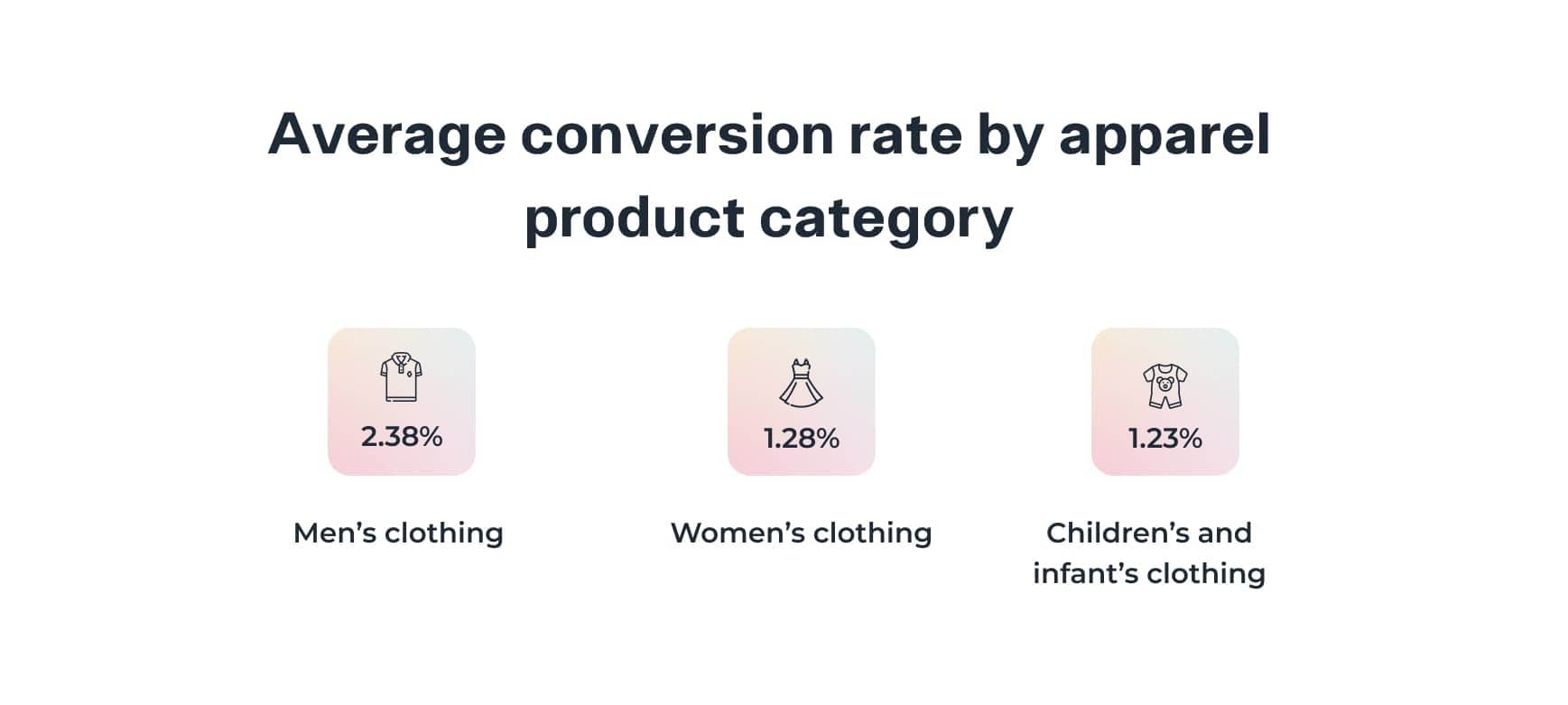
Source: StoreYa
Unsurprisingly, high-end fashion retailers also have a harder time securing sales. According to Dynamic Yield data,the average luxury ecommerce conversion rate sits at just 1.5%. Typically more expensive, consumers spend more time thinking over these luxury purchases and are more likely to want to see, touch and try a physical product to determine whether it’s worth the investment.
4 key issues holding back fashion eCommerce conversion rates and how retailers can solve them
Fashion is a particularly difficult market to succeed in, especially when it comes to selling online. But low conversion rates aren’t something that fashion retailers should simply accept. With the right approach, it’s entirely possible to achieve results far greater than the average conversion rate for fashion ecommerce.
So what is a good ecommerce conversion rate to aim for? According to Littledata, the top 20% of online fashion stores maintain conversion rates above 2.9%, while the top 10% convert 4% of visitors to their online stores. To achieve similar results, retailers must address the primary issues that put visitors off of purchasing:
The inability to see and feel a product
According to Statista, not being able to see, try and touch a product are the three top concerns that put shoppers off making online purchases. This is especially a problem in the fashion space, with shoppers keen to know how a garment will fit their body before they commit.
Luckily, advanced and affordable solutions are materializing that recreate the in-store experience in the digital world. With YourFit, shoppers can try on a product, and instantly know whether it will look good and fit well on their body — from anywhere, without visiting a physical store.
A lack of diversity and inclusion
According to a report by the All-Party Parliamentary Group for Textiles and Fashion, almost 90% of people feel imagery in the fashion industry fails to represent the wide spectrum of body types and identities it serves.
From plus-sized to disabled customers and the LGBTQ+ community, the industry must ensure its customer experiences serve all. Gender nonconforming product filters for non-binary shoppers, improved navigation for those with dyslexia and greater representation in product imagery — these small changes will not only attract a greater number of shoppers to your store, but will also assist and encourage them to make a purchase.
With YourFit, 3DLOOK’s virtual fitting room, online shoppers can scan their body from anywhere using their smartphone and instantly receive tailored size recommendations.
Concerns over data security
According to Paysafe, 62% of consumers see fraud as an inevitable risk of shopping online. Yet, while many are willing to take the chance in exchange for the convenience ecommerce provides, many others will turn their back on brands they deem unsecure. One fifth of consumers have stopped using a company after suffering a data breach, according to Thales, for example.
To alleviate concerns, retailers will need to consider advanced forms of protection. For instance, 58% of consumers agree that biometric authentication can help to make the payment process more secure.
Slow and inconvenient customer service
When shopping in-store, there’s always an assistant on-hand to answer questions and address concerns. Consumers want this same level of service when shopping online — and if it takes too long to get assistance, chances are they will simply walk away.
A study by LivePerson found that 83% of shoppers require help when visiting an ecommerce store, but they don’t want to wait days for an email or to sit on hold for hours. For over half, the availability of speedy support (such as live chat functionality)impacts their likelihood of making a purchase.
Download 3DLOOK’s eGuide for fashion retailers, ‘8 straightforward e-commerce conversion strategies’, for additional insight into the best practices to convince consumers and secure sales in the fashion ecommerce space.
What are the benefits of conversion rate optimization?
Monitoring conversion rates across your store enables your business to measure the performance of particular products and categories, and helps you to determine whether the actions you take have the desired effect.
With the right changes, your conversion rate will improve, driving more sales and generating more revenue. In addition, this will also increase the value of your marketing spend. According to Shopify, it costs fashion retailers $129 on average to acquire a single customer. With every additional conversion, the average cost is reduced.
Plus, convincing a customer to shop with your brand for the first time is the hardest sale you will make. Once you’ve secured their custom, they’re far more likely to return and shop again. And, next time, they won’t require so much convincing.
Analyze, optimize, analyze: How to improve your conversion rate
Conversion rate optimization is not an exact science. What works for one brand may produce entirely different results for another. So, when implementing changes, don’t change too much too quickly.
Take your optimization strategy one step at a time and monitor how your conversion rate responds to each change. If you alter too much too quickly, how will you know what exactly impacted your metrics?
If the results are negative, undo it. If positive, it’s time to make your next change. With the right changes, your store will beat the retail conversion rate benchmark in no time.
YOURFIT
A simple, user-friendly, and intuitive fit personalization platform that helps shoppers find the best size clothing while also providing an engaging try-on experience!
Tags:
Fashion
EXPLORE MORE CONTENT

Subscribe to our Newsletter
Offer your customers an entirely new, inclusive, and engaging way to interact with your brand
Offer your customers an entirely new, inclusive, and engaging way to interact
with your brand
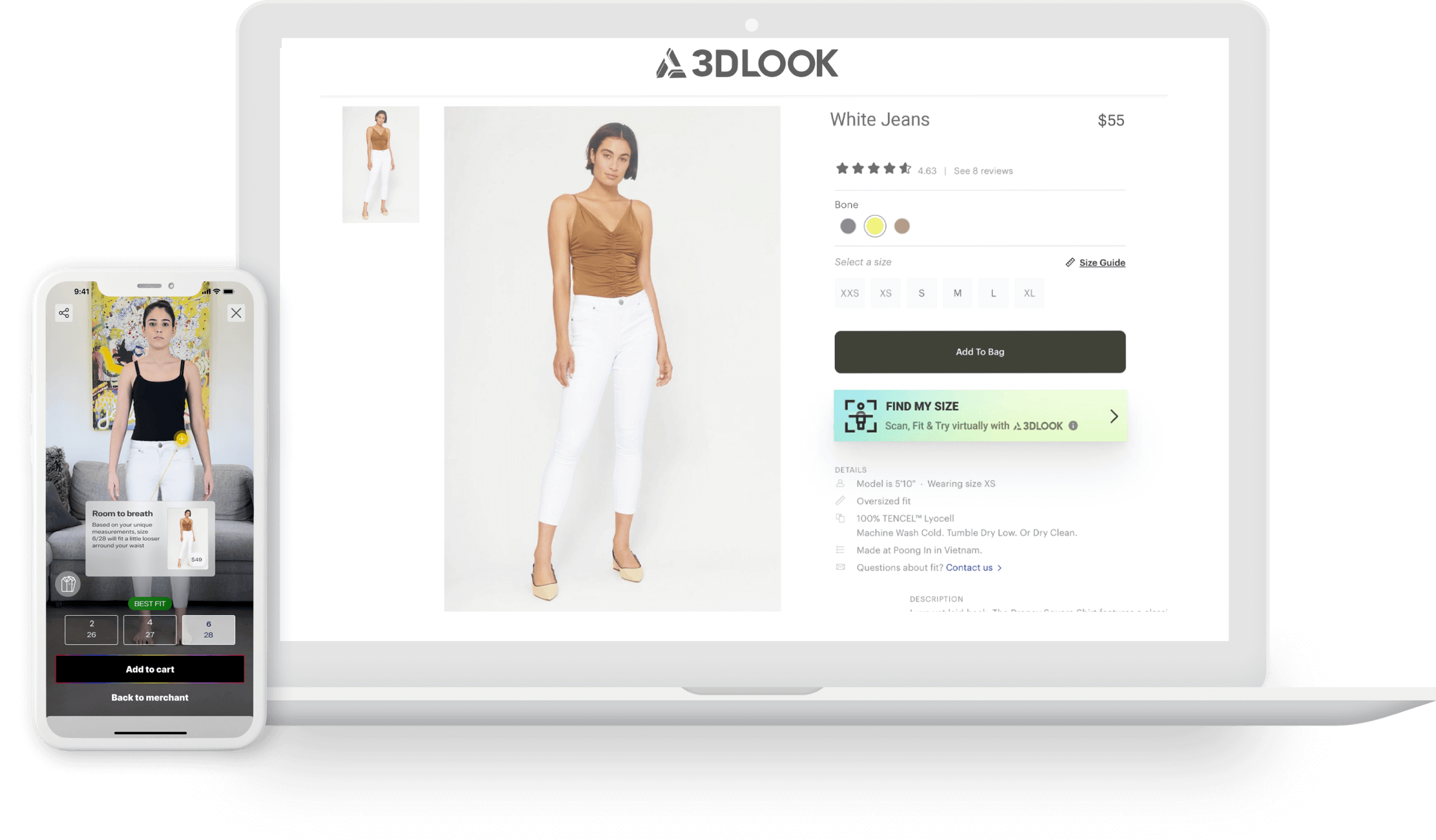
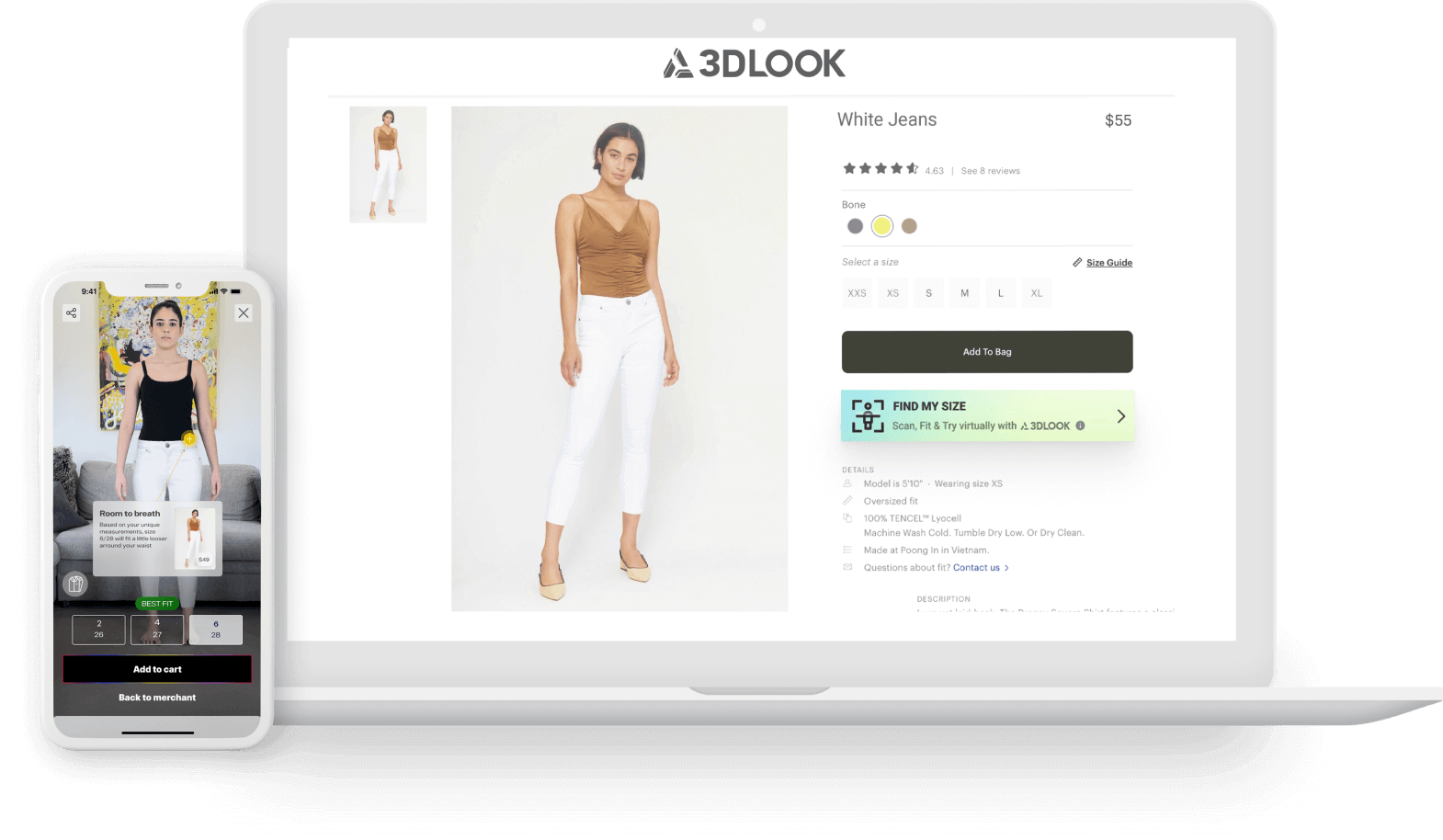
Let us help you find the right solution for your business needs
